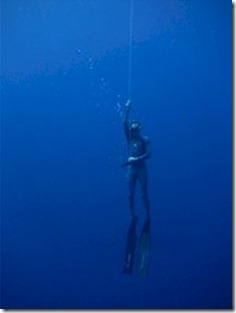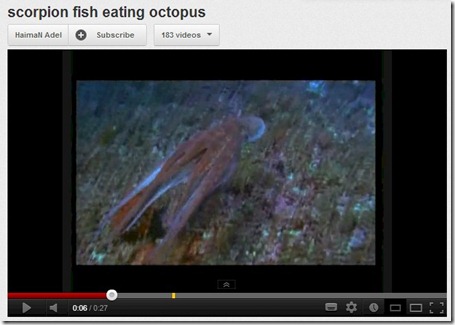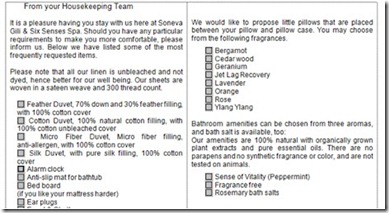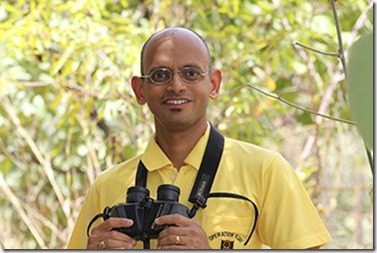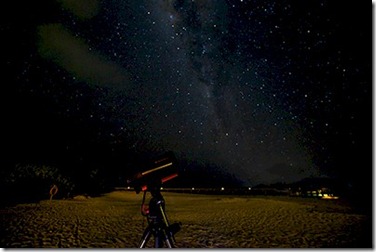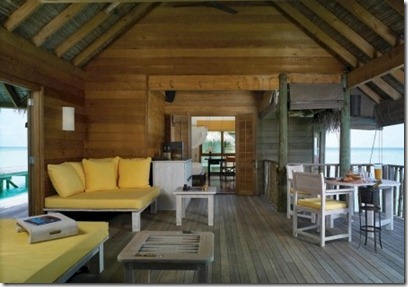Free Diving!
No, not ‘free diving’ as in ‘free beer’. ‘Free’ as in unencumbered.
Despite all of the spectacular diving in the Maldives, it took me several years before I took up scuba diving myself. And that’s despite the fact that my wife started diving and loved it pretty quickly after we started visiting. My logic was that it seemed a lot of kafuffle and expense for not much extra benefit. I would be taking the kids snorkelling and set out the same time that my wife would head to the dive centre. We would be heading back in when Lori was just setting out for her dive having sorted out all of her equipment, etc. Then, when she returned and we united at lunchtime, she would recount her sightings of morays, sharks, turtles and so on. My response was that we saw all that same stuff snorkelling!
Eventually, I did get PADI certified and entered the undersea world more completely. The big bonus to diving versus snorkelling is that you could ‘be at their level’ (ie. the fishes’ level). With snorkelling, you are mostly looking down on things. Along these lines, diving allows you to peak under the many ledges and crevasses.
If you want to have your cake-and-eat-it-too combining unencumbered snorkelling with unlimited perspectives, then proper free diving is the key. Free diving teaches techniques in breath control, oxygen use and pressure equalisation.
LUX* Maldives is setting up a free diving facility. The Maldives has sponsored some Free Diving events, but this will be the first free diving as an on-going regular activity. Normally, I would hold off the post until such activity was live, but LUX* is already offering introductions to the discipline to guests. And the driver behind the initiative is none other than the resort’s own General Manager Dominik Ruhl. In fact, on our snorkel safari during our LUX* visit, Dominic joined in and demonstrated his free diving (see picture above). As noted, he was able to drop down quite deep to see things that the other snorkelers couldn’t. And with his breath-holding techniques, he was able to stay down a good amount of time enjoying the view before surfacing.

